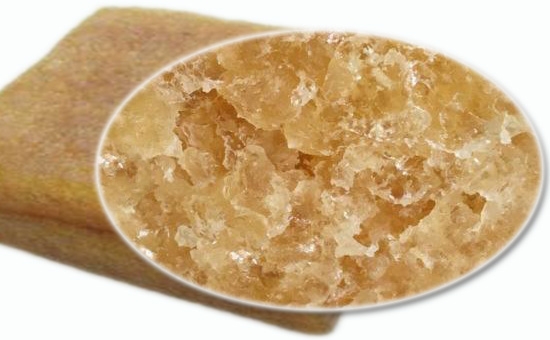
As a traditional rubber variety, natural rubber has high mechanical strength and good resilience. It is widely used in daily production, medical and health, transportation, industry, agriculture, scientific experiments, national defense and other fields. When using natural rubber to produce all kinds of products, full plasticization is conducive to the mixing and uniform dispersion of the compounding agent, and cause better conditions for the process operations of mixing, calendering, extruding, and molding. Compared with synthetic rubber, natural rubber is easier to masticate. Why? How to masticate natural rubber?
1. Reasons why natural rubber is easy to masticate
The main component of natural rubber is cis-1,4-polyisoprene. The methyl conjugation effect in the isoprene structure will reduce the molecular chain bond energy; natural rubber with high molecular weight and wide distribution is easy to stretch Long crystal, easy to break the chain under the action of mechanical shear stress; the methyl group on the double bond of natural rubber will activate the hydrogen atom on the α methylene group, which is easy to oxidize and break the chain and cause degradation reaction; the free generated after being cut by mechanical force The base has high stability, is easy to mechanically break the chain, and is easy to oxidize and crack at high temperature.
In summary, natural rubber is easier to masticate. In general, different grades of natural rubber have different plasticizing characteristics. Imported tobacco sheet rubber has the longest plasticizing time, followed by domestic smoked sheet rubber, domestic standard rubber, and Malaysian standard rubber. Malaysian standard rubber 2LLYY1113 has the shortest plasticizing time. Natural rubber with an initial Mooney viscosity value of less than 65 usually does not need to be masticated and can be mixed directly, such as oil-extended natural rubber and low-viscosity Malaysian rubber.
2. Natural rubber mastication method
The mastication process of natural rubber can be carried out in an open mill or an internal mixer. The low-temperature, thin-through plasticizing method and the segmented plasticizing method are generally used when masticating natural rubber in an open mill.
3. Natural rubber mastication conditions
When natural rubber is masticated by the low-temperature, thin-pass mastication method in the open mill, the mastication temperature is controlled between 40-50℃, and the roll distance is controlled between 0.5-1mm. When masticating natural rubber in an internal mixer, the natural rubber is usually masticated at a temperature below 155°C for 10-13 minutes. The specific mastication time and mastication temperature are determined according to the plasticity to avoid excessive plasticity leading to the physical and mechanical properties of the natural rubber vulcanizate The problem of decline arises.
In order to improve the effect of natural rubber mastication, rubber product manufacturers can add a small amount of peptizer to the formula, and both the open mill and internal mixer can choose accelerator M as the peptizer for natural rubber. The masticated natural rubber needs to be parked for 4-8h in order to relax the rubber molecular chain and have uniform plasticity; the natural rubber after fully parked can be used in the next process. In actual production, many natural rubber product manufacturers have used reclaimed rubber to reduce costs. At this time, we must ensure that natural rubber is fully masticated.
Exclusive original article [commercial authorization] reprint, excerpt and excerpt in any form are prohibited without written authorization. Focus on Hongyun rubber: learn the process formula and raw material technology of producing rubber products from recycled rubber to help you reduce costs and increase profits